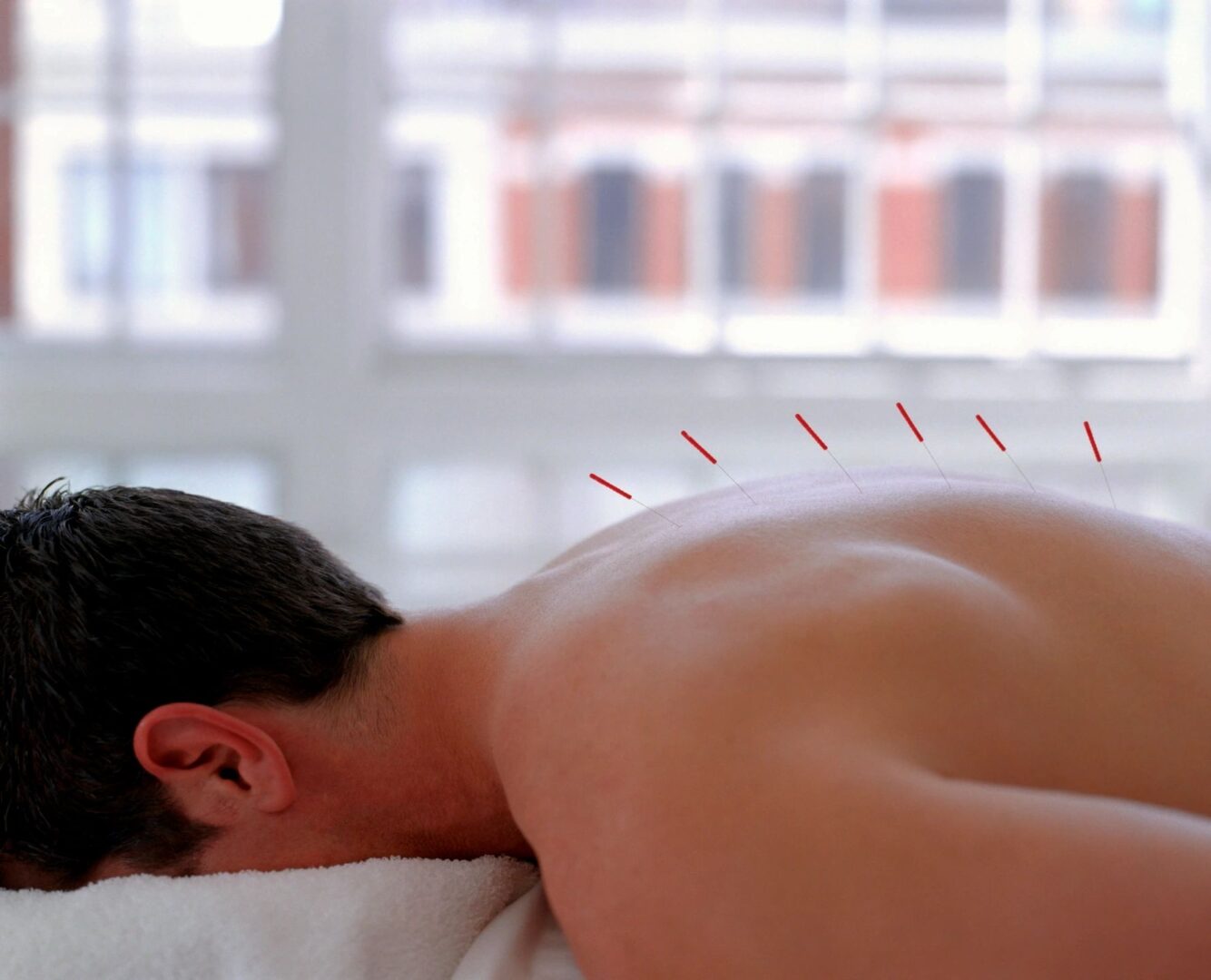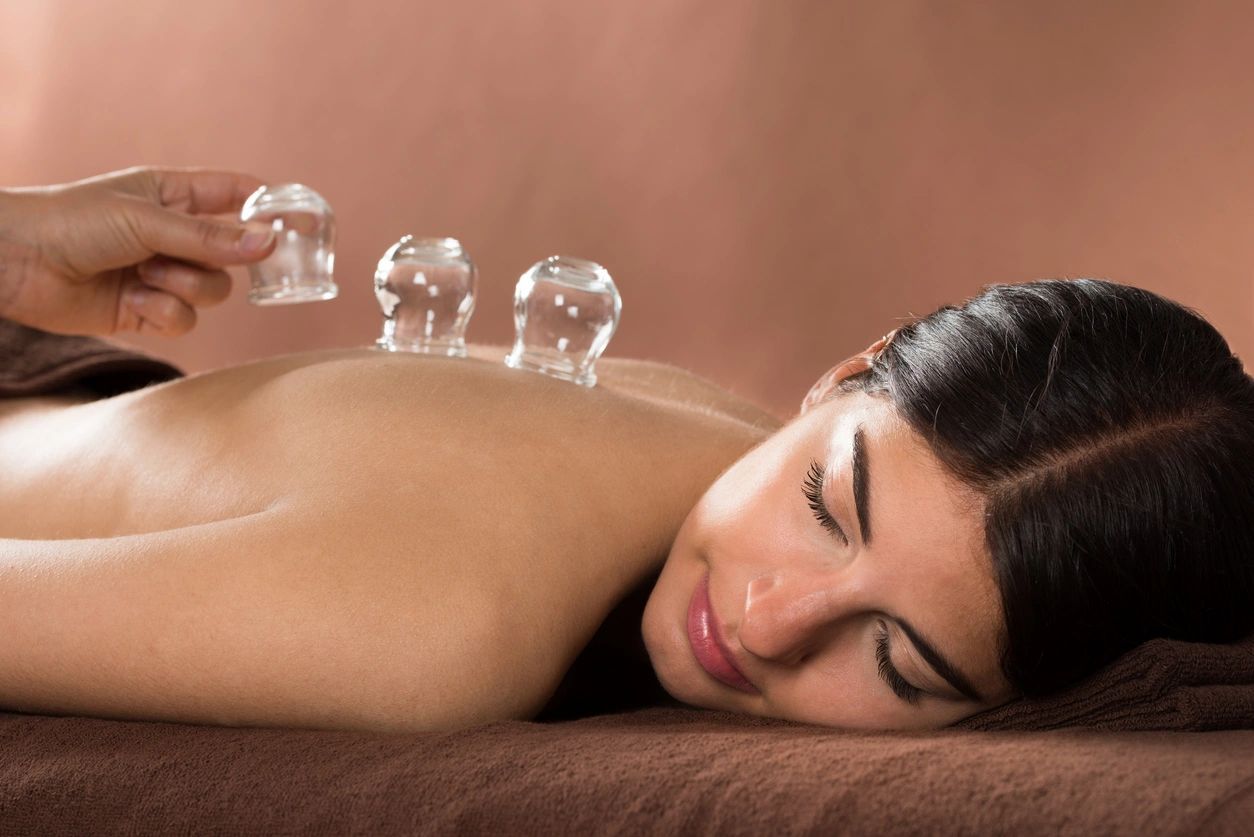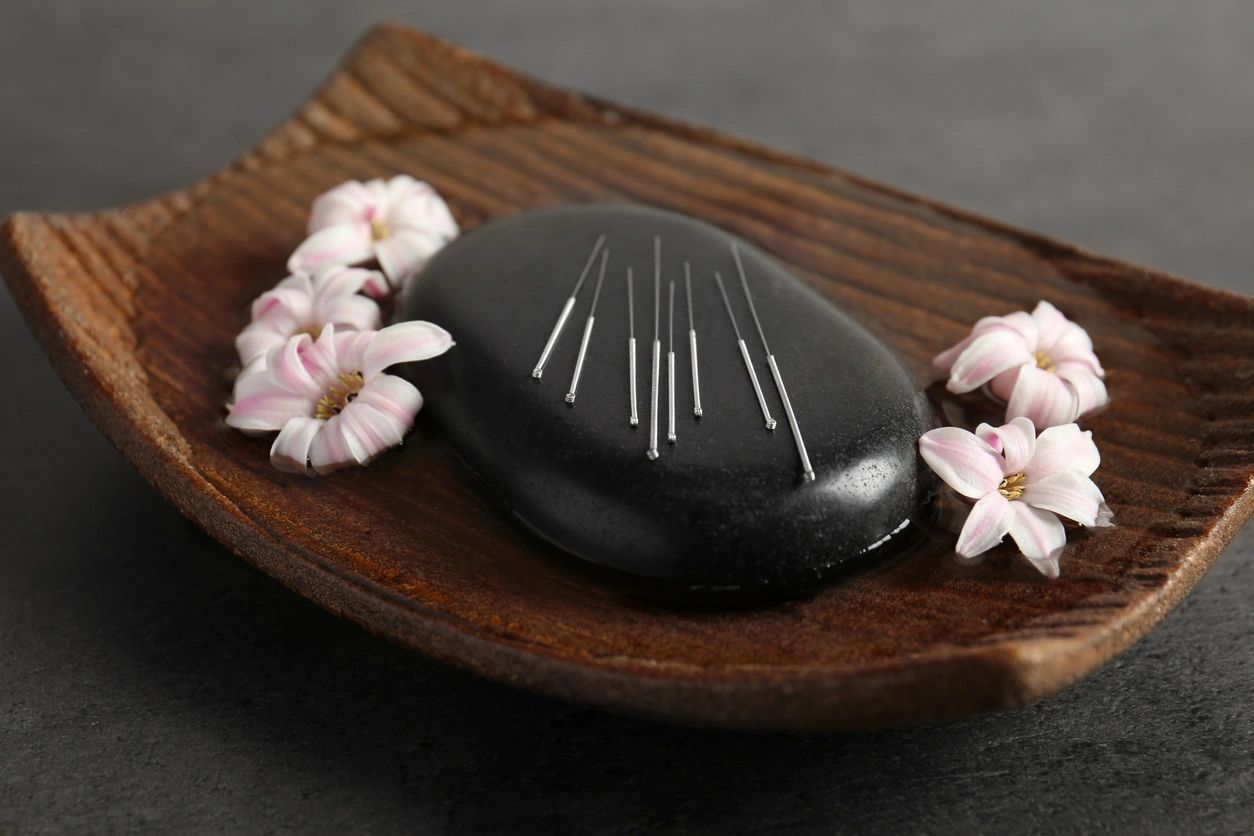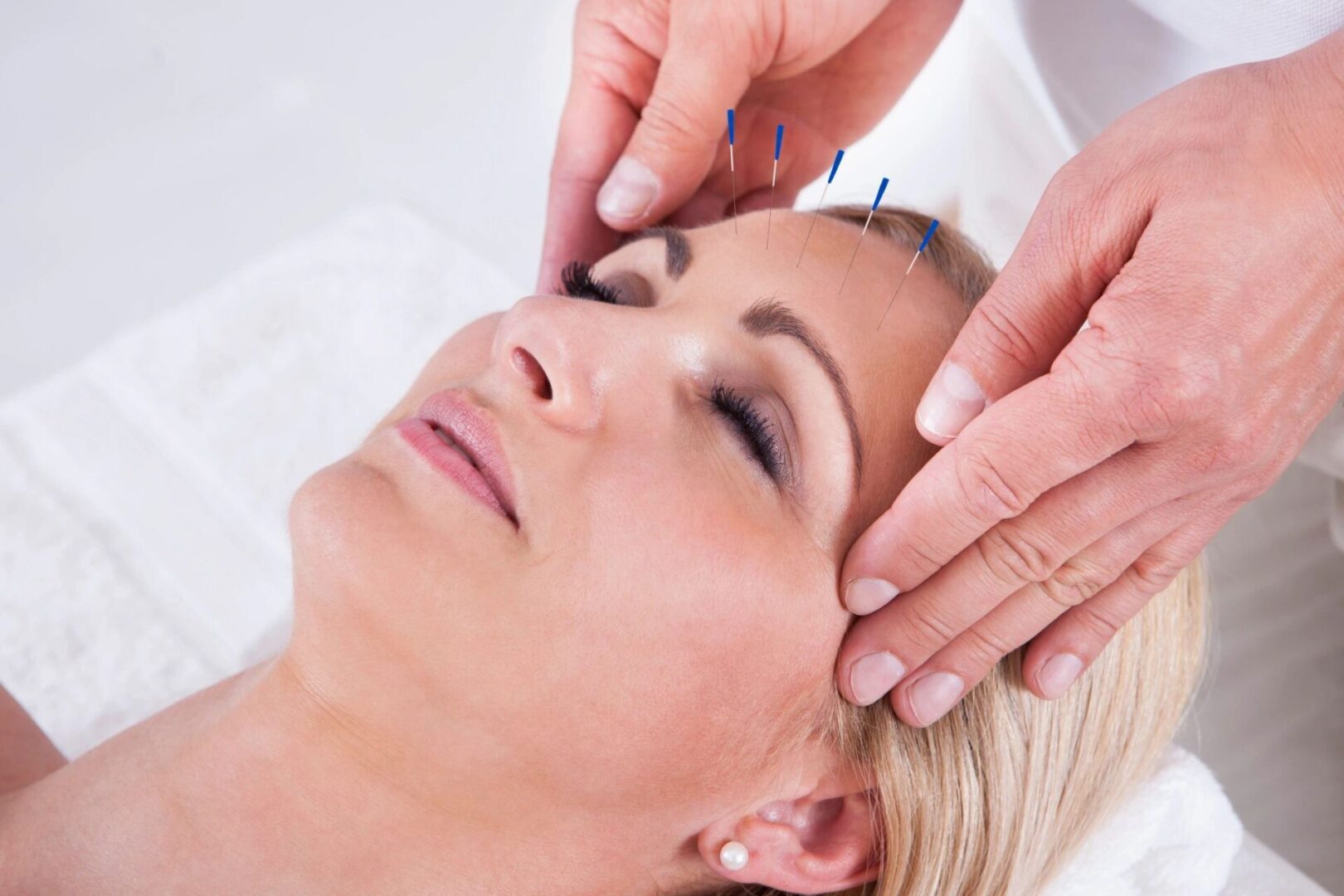
What is Acupuncture?
When most people think of acupuncture they think of needles. However, acupuncture is a principle based on the philosophy in Traditional Chinese Medicine (TCM) of balancing the energy systems of the body. This is done by working with the meridian systems of the body.
What is a Meridian?
A meridian is a tube-like channel of electro-magnetic energy that flows through the body. It has been said by some that these channels are anatomically 2-3 mm below the surface of the skin.
There are 14 main meridians in TCM, 12 of which are paired with a right and left side while the other 2 are in the midline of the body. These meridians are named after major organs in the body (large intestine, liver, heart, kidney, spleen, etc.) and begin or end on either the fingertips or toe tips and the face or chest.
As energy (chi) flows through the meridians, it flows from one meridian to another, to another, to another, until eventually it makes a complete circuit throughout the entire body. As long as this energy is freely flowing and is balanced – not too high, not too low, and balanced from the right to left sides – an individual should be healthy. However, if something happens in the body that causes a meridian to be “turned up” too high, “turned down” too low, or imbalanced from the right to the left, the individual’s health can be adversely affected. This is due to the fact that a meridian affects what it is named after or what it courses next to or through.
A skilled acupuncturist will evaluate the meridian systems, determine which meridians are out of balance, and stimulate certain points – acupoints – to bring the meridians into balance.


What is an Acupoint?
Acupoints are specific points on the meridians that tend to be more active and affect the energy in the meridian when they are stimulated. For example, some acupoints increase the energy in a meridian while others decrease it. Some decrease inflammation in certain organs and tissues and others draw energy into those organs and tissues to promote healing. All that is needed is adequate stimulation to the proper acupoints.
Are Needles Always Used?
Most people’s experiences with needles involve either a sewing needle, which must be large enough to pull thread through a piece of cloth, or a medical hypodermic needle, which must be large enough to have a hole though the center of it to push or pull fluids in and out. Needles are a very small part of acupuncture but when used they are extremely effective. They are very thin and, depending on the style of acupuncture used, can be inserted a couple of millimeters or a full inch into the acupoint. However, because they are so thin 6-10 of them will fit inside a standard hypodermic needle used for drawing blood – many people do not feel the needles. Those that do equate the pain with that of a mosquito bite.

There are many other forms of stimulation for acupoints. Needles do not have to be used. Some of these forms of stimulation include laser light, electrical impulses, firm rubbing or pressure, tapping the point, or taping an object to the point such as a small metal ball.
There are also many different styles of acupuncture. Some of these include Chinese, Japanese, Korean, French, British, American, hand, foot (reflexology), ear (auricular therapy), and scalp. Some of the styles focus on balancing the meridian systems while others are a “treat this for that” system – acupuncture aspirin. Acupuncture therapy is most effective when a combination of the two is used focusing more on balancing the system.

How are the Meridians Evaluated?
The two methods used to evaluate the meridians are pulse diagnosis or Ryodoraku examination (pronounced road-o-rock-oo). In pulse diagnosis, used in TCM, an acupuncturist evaluates three points on the radial pulses of both wrists. The pulses are evaluated for different qualities and a diagnosis is made for an acupuncture condition. Examples of these diagnoses may include damp heat in the spleen, excessive wind in the lung, deficient fire in the liver, etc. The meridians are then balanced out to correct the problem. In China, the master acupuncturists will evaluate the pulse for 45-60 minutes before making a diagnosis and this is after 20-30 years of practice and study under another master to become proficient at the technique.
The Ryodoraku examination was developed by a Japanese acupuncturist and is a Japanese word meaning “free passage”. Using an electrical resistance unit, different acupoints are evaluated for the amount of energy in the meridians. From the readings, the acupuncturist is then able to see which meridians are excessive, deficient, or imbalanced from the right to left sides and thus balance them accordingly. Of the two examinations, the Ryodoraku exam is the quickest and most objective procedure.
What Conditions Can Acupuncture Help Relieve?
In China, acupuncture is used on nearly every patient for every condition and when looking in different reference books on acupuncture, numerous acupoint formulas can be found for each condition. The main question to be asked should be, “Is my problem being caused by an energetic or meridian imbalance?” If so, acupuncture can have tremendous results. If not, then the therapy becomes “acupuncture aspirin”. In these cases, does that mean that acupuncture should not be performed? Not necessarily. Acupuncture can still yield results for an individual and help them gain relief. However, if the underlying cause of the problem is not addressed, the results achieved with acupuncture will be limited. The underlying cause of the problem, such as dehydration, nutritional deficiencies, structural or emotional imbalances, toxin accumulation in the body, etc., should be addressed in conjunction with acupuncture. Then instead of being “acupuncture aspirin” it becomes powerful healing therapy.

